



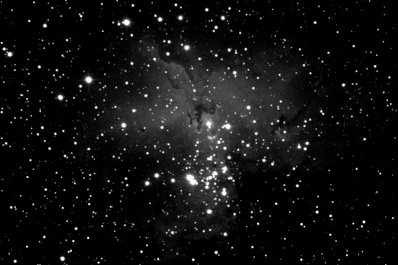



M2
distance: 37,500 light years
A globular cluster around 13 billion years old and contains 150,000 stars most of which are red yellow giants.
M27
distance: 1,360 light years
This was the first nebula discovered by Charles Messier in 1764, in which a giant red star blew outward about 4,000 years ago leaving the remains of its shell illuminated by UV radiation.
M57
distance: 2,283 light years
Objects like this are formed when a shell of ionized gas is expelled by a giant red star, passing through its last stage in its evolution before becoming a white dwarf.


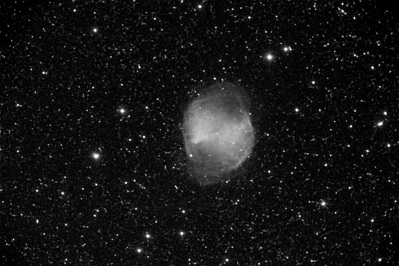
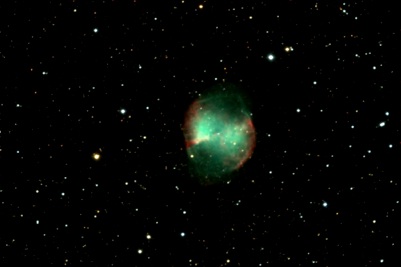
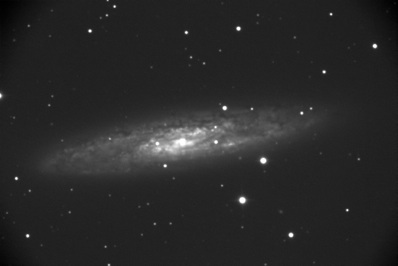
NGC253
distance: 1,400,000 light years
An intermediate spiral galaxy undergoing an intense period of star formation. Supernova SN1940E was discovered here in November of 1940.
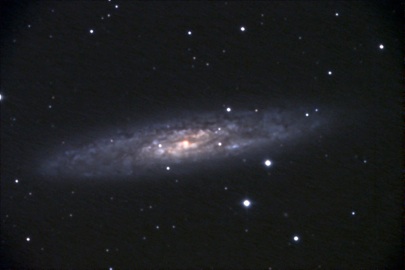

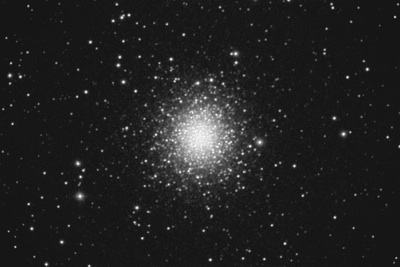
M16
distance: 7,000 light years
Dated at 5.5 million years old, it is a young open cluster of stars and contains several active star-forming gas and dust regions.

NGC 613
distance: 67,500,000 light years
Discovered by William Herschel in 1798 and first photographed in 1912 which revealed the spiral arms. A supermassive black hole exists at the core tens of millions times the size of our sun.

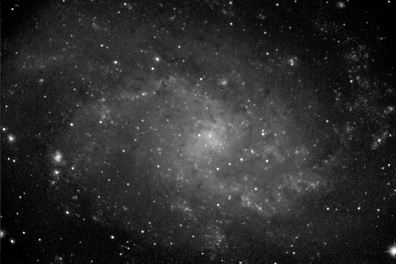

M33
distance: 3,000,000 light years
The largest member of the local group of galaxies, which includes our own Milky Way, the Andromeda, and about 44 other smaller galaxies.
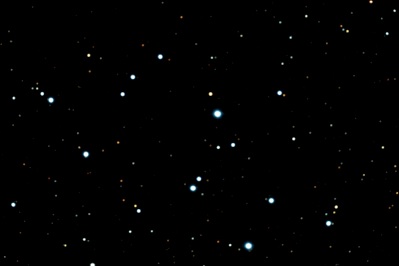
M39
distance: 824 light years
Open cluster of stars with an estimated age of 250 million years old.
Our moon
distance: 238,900 miles
In synchronous orbit with the Earth, thus it always shows the same face with the near side marked by volcanic maria and impact craters.
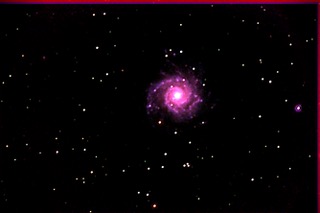
Messier 74
distance: 32,000,000 light years
M74 (a.k.a. NGC628) is a spiral galaxy with two arms. Its low surface brightness makes it one of the most difficult objects for amateurs to observe. It is home to about 100 billion stars.
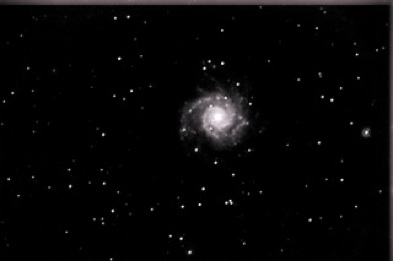

Veil Nebula
distance: 1,470 light years
The Veil Nebula is a cloud of superheated ionized gas and the remnant of a supernova - a star that exploded between 3,000 and 6,000 years B.C.
Actual photos from the 20 inch observatory telescope, in order of acquisition.
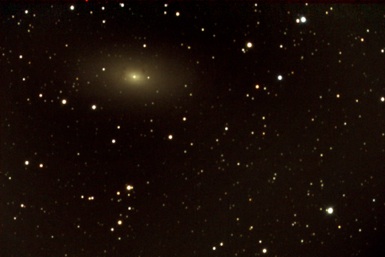
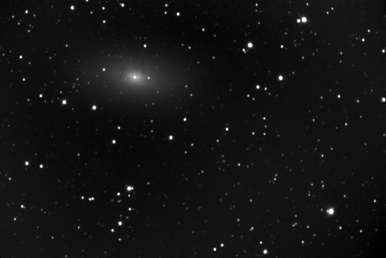
M110
distance: 2,690,000 light years
A dwarf elliptical galaxy with unusual feature of the presence of interstellar dust. It is classified as a peculiar galaxy because of its unusual dark structures and evidence of recent star formation.
